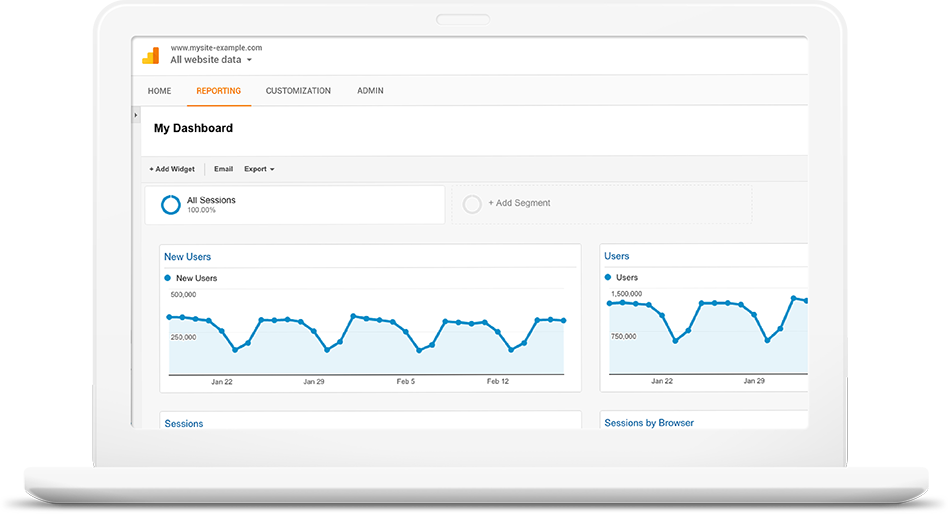Once upon a time, websites were designed to be nothing but aesthetically pleasing and easy to navigate – this is one reason why every single web build at the turn of the century featured all manner of flash and java based designs that bombarded you with sounds and images. Fast forward to current day and you’ll see that websites are completely the opposite now, built to reflect the needs of the user in as simplistic and easy to load way as possible.
[tweetthis]there are hundreds of reasons why your site might not be #performing and just as many ways how utilising #data can improve your #website[/tweetthis]
While first impressions count, and a visually pleasing website can be the difference between a potential customer staying and leaving after landing on your page, more and more emphasis is being put on data and how utilising data to improve your website can bring a big return on investment. This is why analytics tools are becoming the dictators of web design to many companies as it allows businesses to gain an in-depth insight into how design and layout can merge with the results of analytics to create a website optimised for functionality.


How Can Data Improve Your Site Performance?
Using analytics, whether it’s Optimizely, Clicktale, or Google Analytics, gives a data driven approach to how your website is performing by analysing traffic to your website and their performance on-site – from where they’re clicking to how long they’re on-page to if they filled out a form. On top of these insightful views, tools are available that can show you a heat-map of where users click to how the customer journey played out during their visit. This all coalesces to create a better user experience and refines the sales or leads process to lead to more conversions and more potential for profit.
No doubt you’ll be running a PPC and SEO campaign on your site, so you’ll be familiar with the numbers coming in and how data can help with that, but so often companies will fail to account for the design of their site to further solidify their stated goals and aims.
[tweetthis]#data allows you to look at #problems with your #website and how #design can solve them[/tweetthis]
Data allows you to look at problems with your website and how design can solve them – it could be certain pages that cause people to cease the sales cycle, certain colours on calls to action might not be registering with users, the point is there are hundreds of reasons why your site might not be performing and just as many ways how utilising data can improve your website. The more you allow data to influence design and functionality the more return on investment you’ll see, allowing you to meet your stated goals and aims.

